Last Updated
Poor Weather Has Slowed The Installation Of Sargassum Barriers
41 beaches in Quintana Roo have been classified as having high levels of sargassum seaweed being deposited on their shores. The situation leaves the state in a worrying place just before the arrival of hundreds of thousands of visitors for Easter.
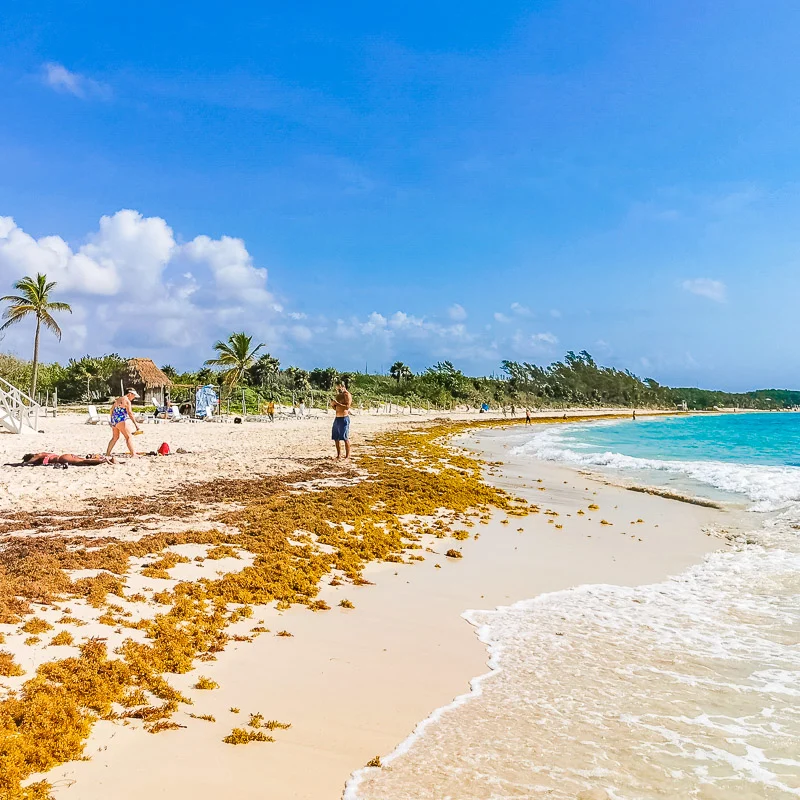
According to the Sargassum Monitoring Network, which provides weekly reports on the sargassum situation, there are a further 33 beaches with lesser deposits. Only four of the entire amount of beaches in Quintana Roo have been reported as having no visible seaweed on the beach. Six more have strong amounts of runoff, ten have moderate amounts, and 19 are classified as very low.
The towns most affected are Tulum, Puerto Morelos, Solidaridad, and Benito Juarez (Cancun).
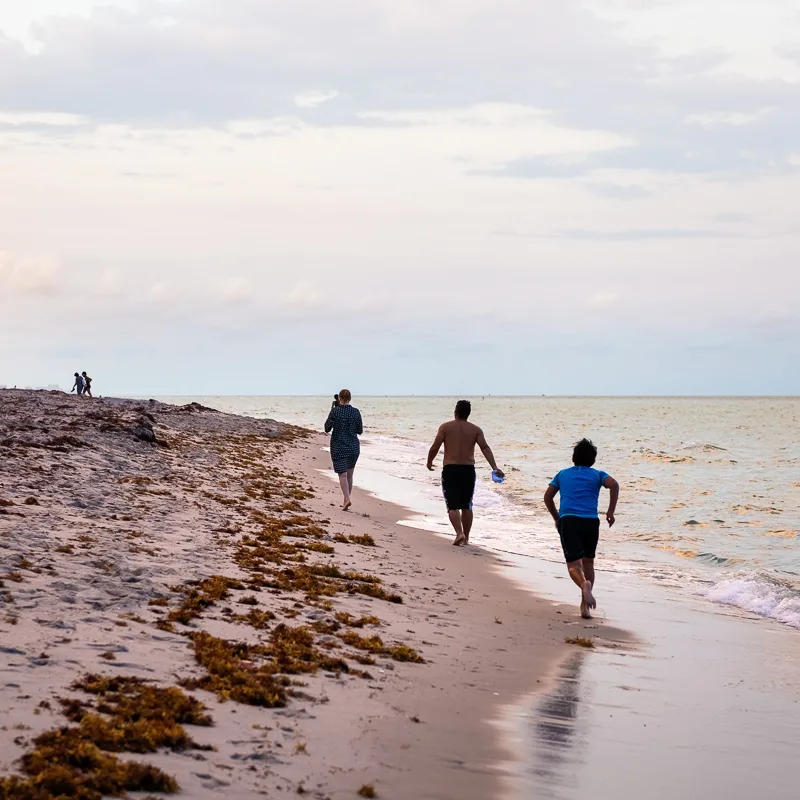
The problem has been exacerbated by the weather problems preventing the Navy and other establishments from installing sargassum barriers. The barriers are supposed to be placed at strategically helpful points to ease the amount of seaweed making it the whole way to the beach, but inclement weather conditions caused by a cold front have made it impossible to make as much progress as needed,
According to the mayor of Solidaridad, “As a result of the cold front, the weather has not allowed the barriers to be installed with regard to our beaches. For this reason, the landfall is completely complete, it comes directly, because there are no barriers that allow the sargassum to be lifted from the sea.”
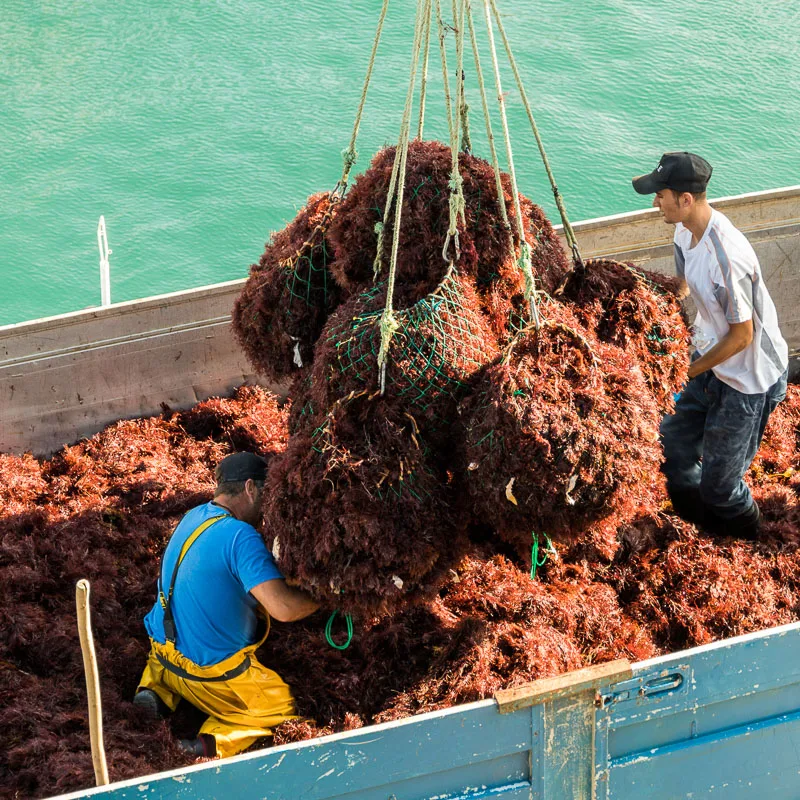
The weather is causing further problems thanks to inconvenient winds pulling even more sargassum in the direction of the Quintana Roo coast. The Government has stated its concern for this weather front saying, “according to current and wind models, it is expected that large amounts of sargassum will continue to arrive throughout the Quintana Roo coast in the coming days. The level of alert for the estimation remains in the category of excessive because on some beaches mounds of algae of more than 90 cm accumulate in less than 24 hours.”
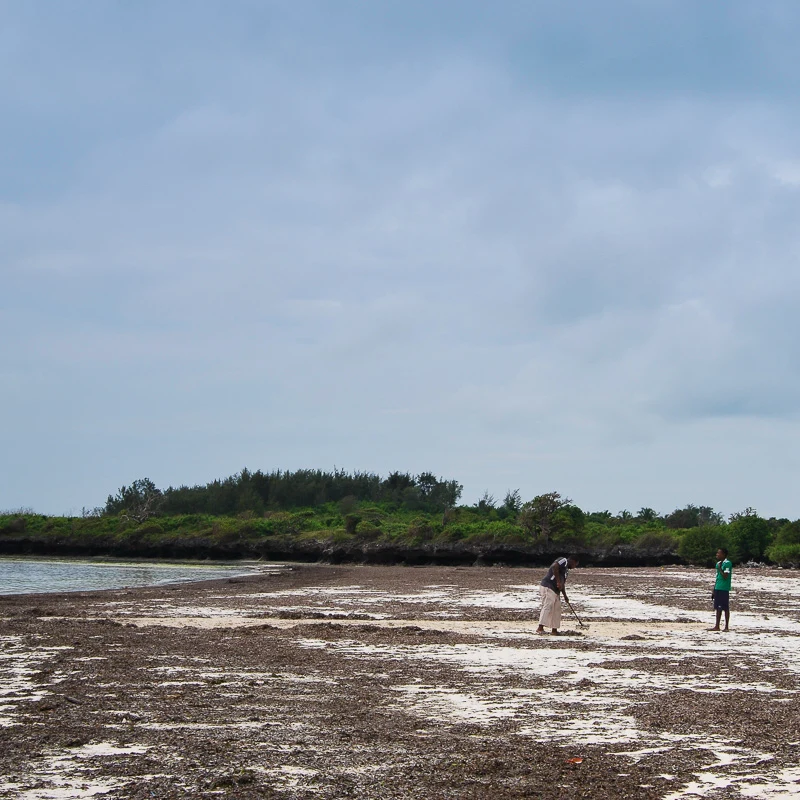
With almost a meter of the macroalgae being left on beaches, hotels and other groups will have a gargantuan job on their hands. Most private establishments take responsibility for their own stretch of beach, and many of the hotels have hired new employees for the sole purpose of collecting the seaweed.
The Navy is still hoping to place its major barriers in the coming weeks and trying to bolster the beaches’ defense in anticipation of the masses of tourists visiting the area over Easter weekend. They’ve also sent ships out to collect sargassum long before it ever touches the shore.
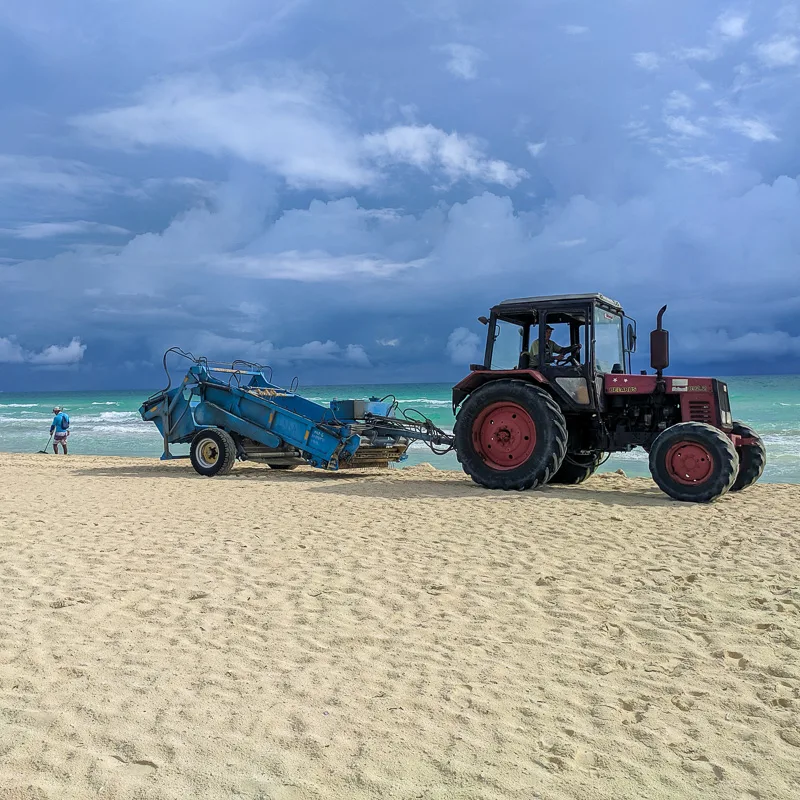
Sargassum seaweed is not the standard algae that often wash up on beaches around the world. The sargassum is a macroalga that forms in the Atlantic Ocean. Unlike traditional seaweed, it tangles itself into giant island-like masses that float towards the Caribbean on ocean drifts.
It thrives in warmer waters, so as climate change raises sea temperatures across the world, the problem grows with it. The last few years have been particularly problematic for Quintana Roo and the government has invested millions into trying to lessen the effects.
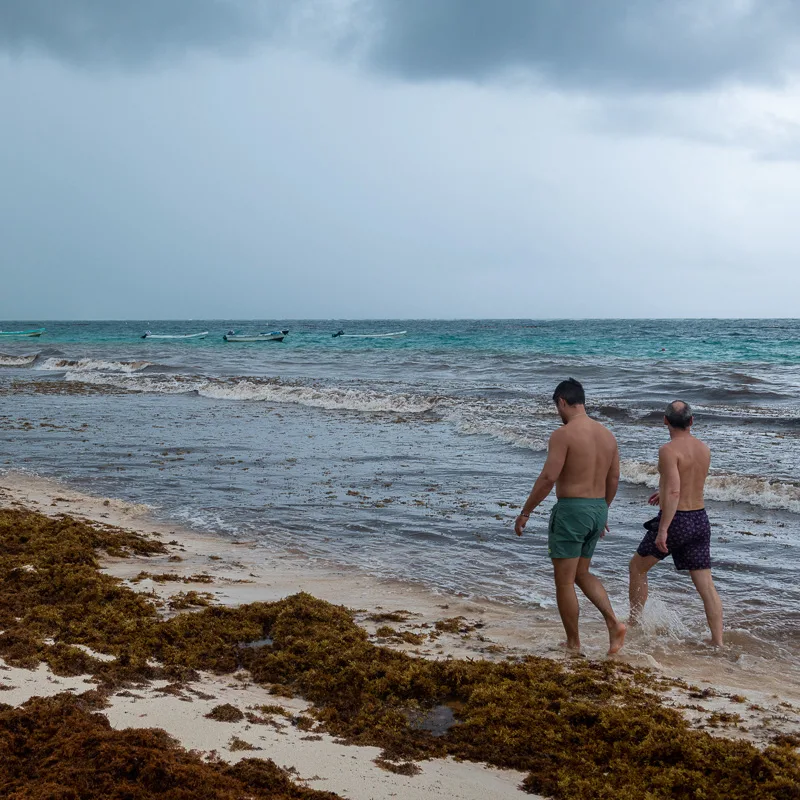
At sea, the seaweed is extremely helpful and leaves loads of nutrients to help nourish the ocean, as well as provide its own ecosystem for small animals.
On the land is a different matter. When it hits the shoreline the masses of brown sargassum turn the typically pristine landscapes of the Caribbean into eyesores. The once crystal blue waters are turned murky brown, and the white sand is covered by piles of brown weeds.
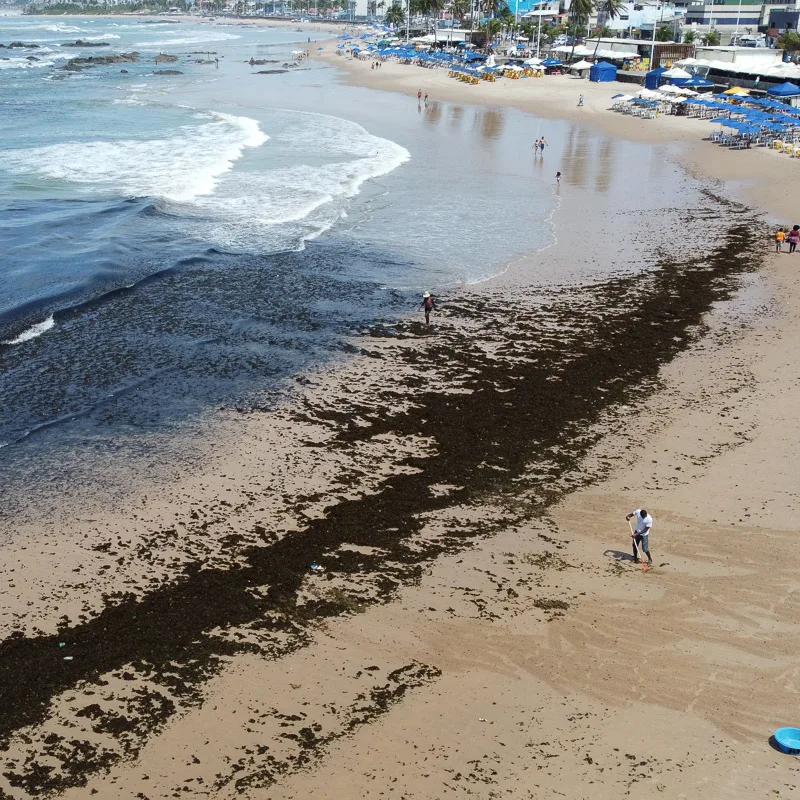
The real problem lies in the odor it produces. When out of the water, it emanates a sulfur-like smell, making it virtually impossible for any beachgoers to linger long. For a tourism industry built on the beach, it presents a huge problem, and many tourists actively cancel their trips if they know the levels are high.
Those intending to visit Cancun or Quintana Roo over the coming weeks should check in on the sargassum levels before arriving and ensure their accommodation is taking effective steps to clear the beaches.
Plan Your Next Cancun Vacation:
Traveler Alert: Don’t Forget Travel Insurance For Your Next Trip!
Choose From Thousands of Cancun and Riviera Maya Hotels, Resorts and Hostels with Free Cancellation On Most Properties
↓ Join the community ↓
The Cancun Sun Community FB group has all the latest travel news, conversations and tourism Q&A’s for the Mexican Caribbean

Subscribe to our Latest Posts
Enter your email address to subscribe to The Cancun Sun’s latest breaking news affecting travelers, straight to your inbox.
